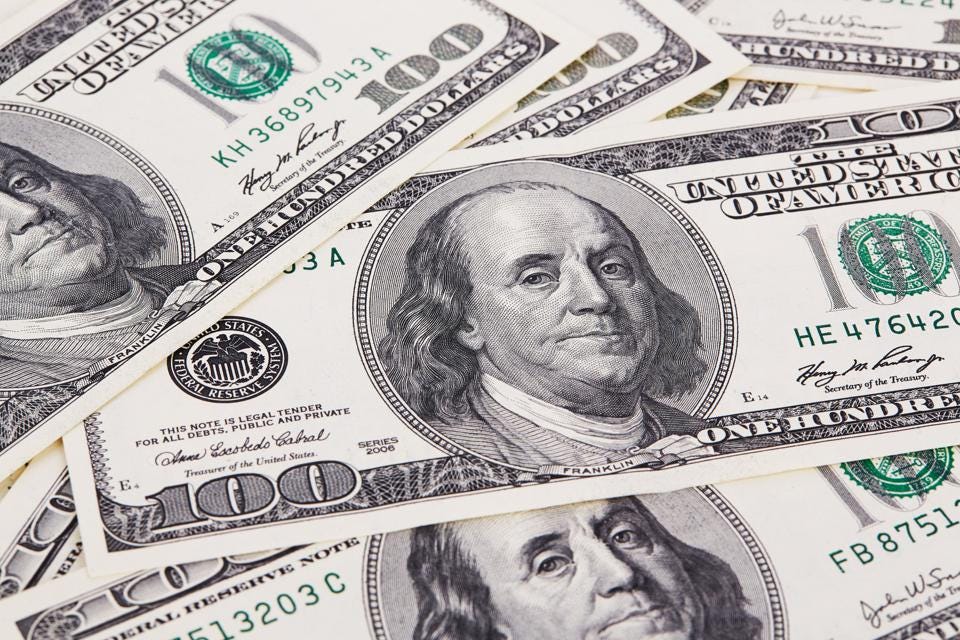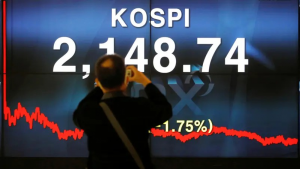The dollar jumped on Tuesday as oil prices sank, while U.S. stocks bucked a global equities rally in a macro-packed week that could offer a steer on when and where U.S. interest rates might peak.
The MSCI All-World index (.MIWD00000PUS) fell 0.2%, dragged by losses in U.S. stocks. The Dow Jones Industrial Average (.DJI) ended little changed, the S&P 500 (.SPX) dropped 0.4%, and the Nasdaq Composite (.IXIC) lost 0.76%.
Losses in U.S. stocks were led by a 12.2% tumble in electric-vehicle maker Tesla (TSLA.O) after it missed Wall Street estimates for quarterly deliveries. IPhone maker Apple Inc (AAPL.O) dropped 3.7% to its lowest since June 2021 following a rating downgrade due to production cuts in China.
The U.S. dollar firmed ahead of Wednesday's release of the minutes from the Federal Reserve's last meeting, with expectations they will signal more policy tightening is in store.
"We expect the December FOMC minutes to shed additional light on Fed officials' policy views for 2023. Note that at the meeting, the Committee signalled broad expectations for a substantially higher terminal rate this year," analysts at TD Securities said in a note.
The euro was the worst-performing currency against the dollar , falling by the most since late September, after German regional inflation data showed consumer price pressures eased sharply in December, thanks in large part to government measures to contain natural gas bills for households and businesses.
Data on U.S. payrolls this week is expected to show the labour market remains tight, while EU consumer prices could show some slowdown in inflation as energy prices ease.
"Energy base effects will bring about a sizeable reduction in inflation in the major economies in 2023, but stickiness in core components, much of this stemming from tight labour markets, will prevent an early dovish policy 'pivot' by central banks," analysts at NatWest Markets wrote in a note.
They expect interest rates to top out at 5% in the United States, 2.25% in the EU and 4.5% in Britain and to stay there for the entire year. Markets, on the other hand, are pricing in rate cuts for late 2023, with fed fund futures implying a range of 4.25% to 4.5% by December.
"The thing that makes me nervous about this year is that we still do not know the full impact of the very significant monetary tightening that's taken place across the advanced world," Berenberg Senior Economist Kallum Pickering said.











